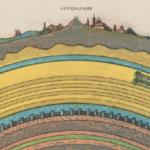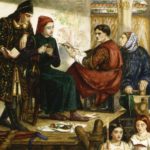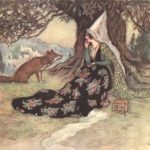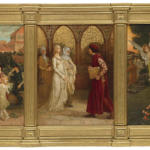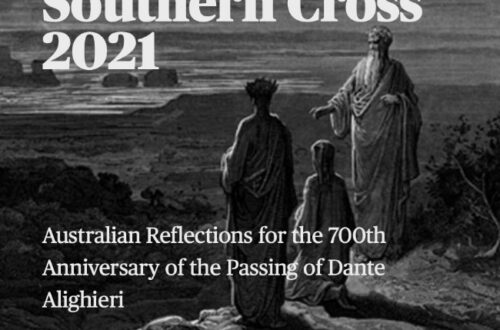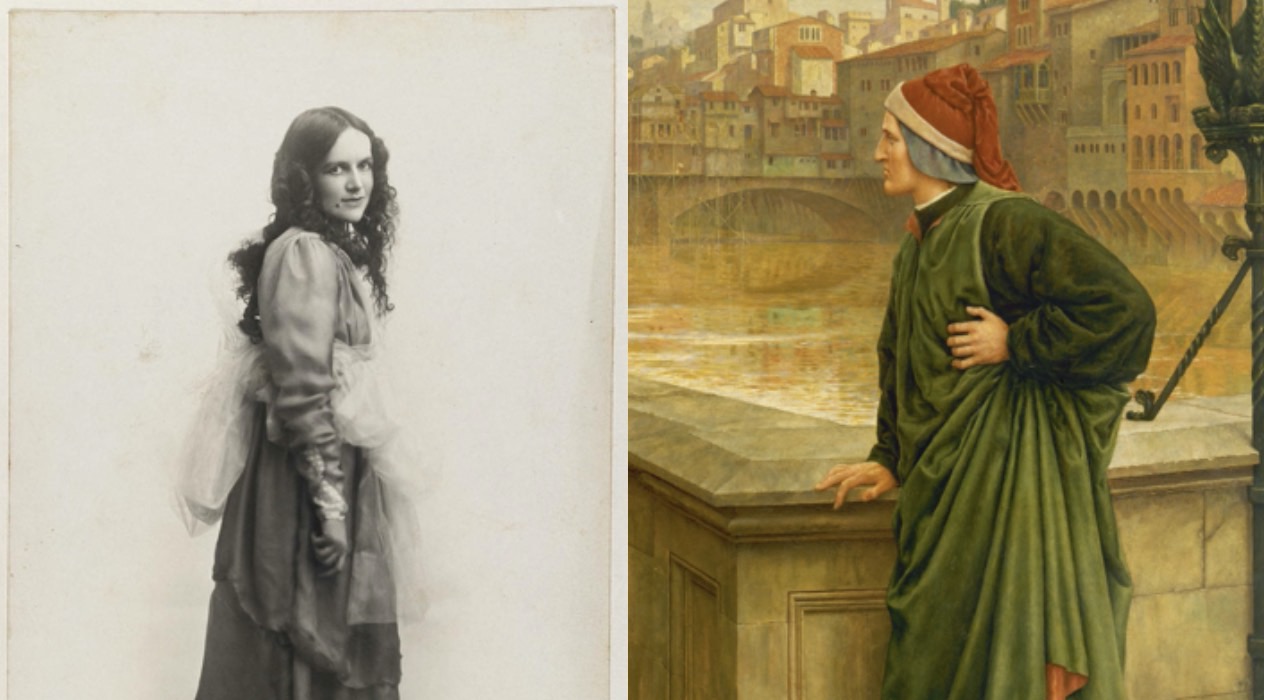
Dante Alighieri in a Wide Brown Land*
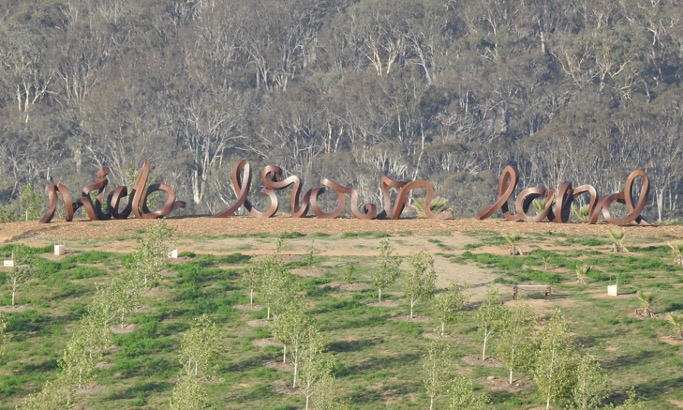
On the hill beyond Canberra’s lake we do not find ourselves in Dante’s dark wood. Instead, the hundred carefully nurtured forests of the National Arboretum surround us. Some of its trees are from Australia, but many are from far beyond. As we appreciate their beauty, we see that these forests can symbolise Italians in Australia,[1] for we are part of the diverse heritage of this continent.
Yet as our eyes turn to the ridge near the Himalayan Pines, we see a rusted monument rise from the land before us.[2] It is timeless, as it proclaims Dorothea Mackellar’s words “Wide Brown Land”. She wrote them about Australia in 1907; a young woman then far from home and the verses will be familiar, at least in Australia:
“I love her far horizons,
I love her jewel-sea,
Her beauty and her terror
The wide brown land for me!”
Amo I suoi lontani orizzonti
amo il suo mare che è un gioiello
la sua bellezza e il suo terrore,
la vasta terra bruna per me ![3]
Dorothea’s fierce proclamation of love reminds us that we are here and Dante is far away; in both space and time. Dorothea spoke to her fellow Australians who always praised the “home country” but could not see the blessings of the land around them.
That conversation, that exact one, is the shared patrimony of migrant families, wherever their journey began. The conversations swing back and forth between old land and new, between young and old, without final answer, until, for most, forgetting replaces words with silence.
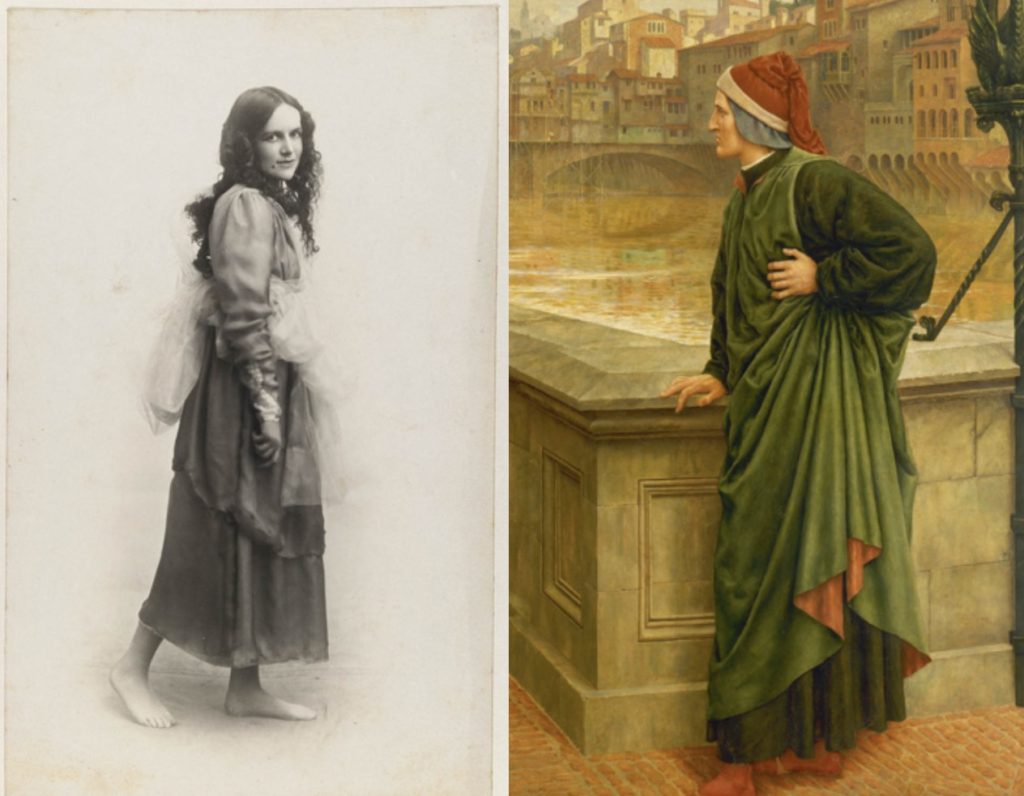
Dorothea, who is our Beatrice, speaks also to us, although we will journey together with Dante Alighieri. She is, of course like Dante a poet. And her migrant journey is our migrant journey. Dorothea stands in parallel to my own children, for her Scottish grandparents, like my children’s grandparents, came from other lands.
Yet we may contrast Dorothea’s words with those of Sir Charles Nicholson, founding Chancellor of Sydney University, who in 1860 wrote:
“I still sigh to see old Rome once more. Having tasted the inspiration of Italy, I cannot reconcile myself to kangaroos and gum trees …”
Cited in Cooper 1989, p 201
Such contrasting visions toss us about on the winds of passion like the souls in Canto V of Inferno. Neither Dorothea nor Sir Charles are Italian Australians, yet they seem to enter our familiar conversation. Indeed, they seem to own it.
They present irreconcilable polar choices. Which of them is right? And how will our children or grandchildren navigate such questions? Does Dante Alighieri have any place in their answers? For we need also to ask a more specific question. Does Dante influence Italian Australians? As we, also, are part of Australia. Finally, what might all this mean for Aboriginal Australians? But first, let us turn our minds to Australia more generally. And here we will find that we are in a garden of higher learning that reminds us of Dante’s walled castle of poets and philosophers in Limbo. …
* The foregoing paragraphs are from “Dante and His Influence in Australia” a paper prepared for the Dante Alighieri Society Canberra for the first Dante Day celebration, 25 March 2020. The presentation is dedicated to all the doctors, nurses and health professional fighting the COVID-19 pandemic. Thanks to the Dante Alighieri Society Canberra for hosting the presentation.
The full paper can be accessed at the DAS Canberra site here: Dante and His Influence in Australia
A thirty minute video based on the paper is also available: Video Presentation – Dante and His Influence in Australia
And audio here: Audio Presentation – Dante and His Influence in Australia
[1] The National Arboretum’s collection includes at least eleven trees that are found in Italy (not all of which are native). The Oriental Hornbeam, Flowering Ash, European Larch, Olive, Norway Spruce, Aleppo Pine, Stone Pine, Plane Tree, English Oak, Cork Oak and Small-leaved Lime. National Arboretum Canberra Trees and Countries. https://www.nationalarboretum.act.gov.au/living-collection/trees/countries-represented-by-trees-in-the-forests-and-central-valley accessed 21 March 2020. The Canberra Discovery Garden at the Arboretum also has many herbs and vegetables at home in an Italian “orto”.
[2] The Sculpture is the work of Marcus Tatton and Chris Viney, 2010.
[3] I extend my sincere thanks to Mr Faustino Troni for this translation into Italian.
[4] Dorothea Mackellar dressed as one of the Graces for Mrs. T.H. Kelly’s Italian Red Cross Day tableaux at the Palace Theatre, 20 June 1918. Dante Alighieri depicted in Henry Halliday in Dante and Beatrice (1882-1884)
References
Cooper, Rosyln Pesman. Sir Samuel Griffith, Dante and the Italian Presence in Nineteenth-Century Australian Literary Culture. Australian Literary Studies, 1989, Vol 14, No 2

